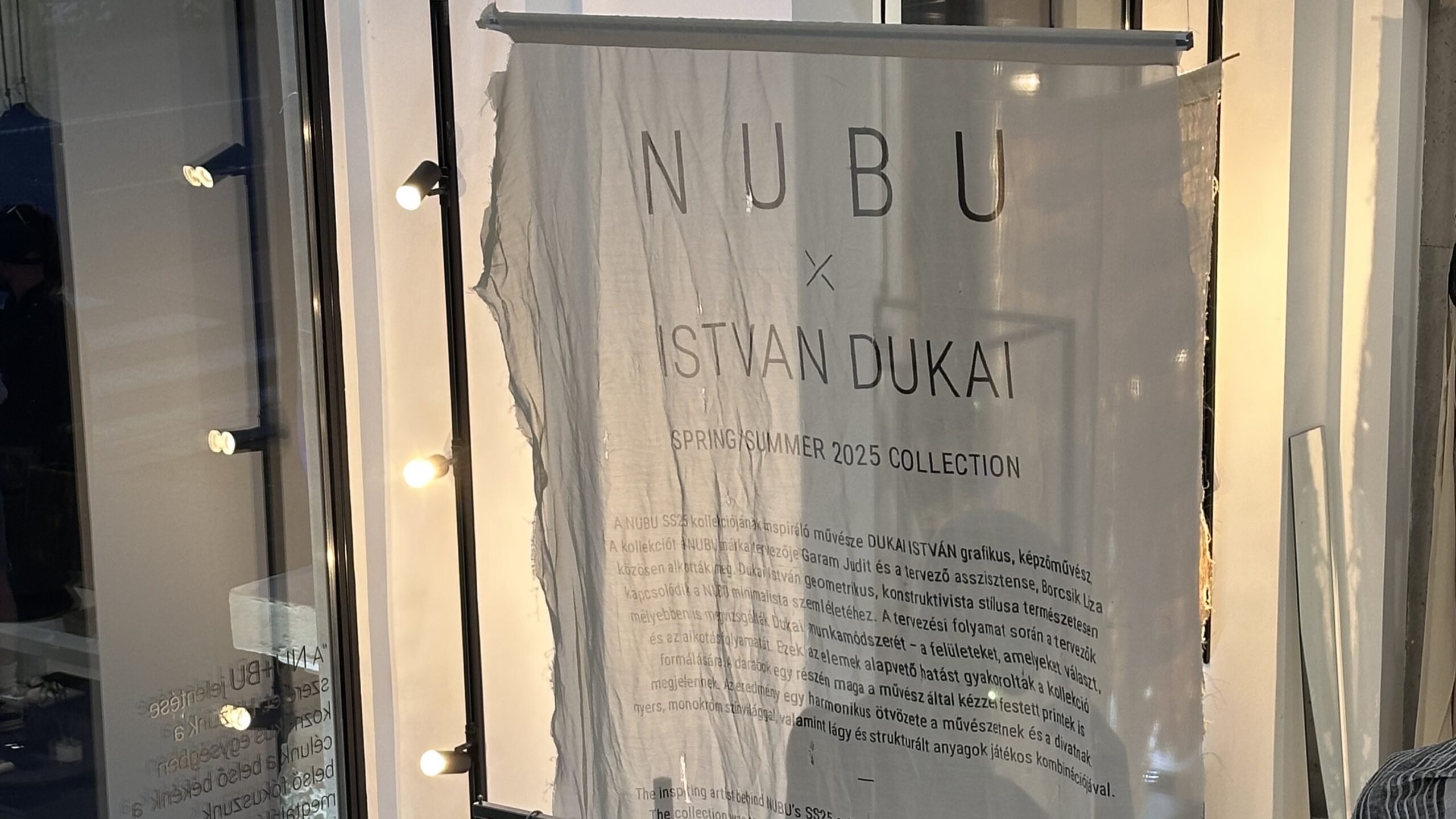Hungarian visual artist and graphic designer István Dukai, born in 1987 in Zenta in the former Yugoslavia, grew up in the Socialist Federal Republic as a member of the Hungarian minority community. This upbringing shaped a distinctive artistic vision that merges personal history, geometric abstraction, and constructivist principles. Contemporary art in its native context gives power to the simplest of everyday materials.
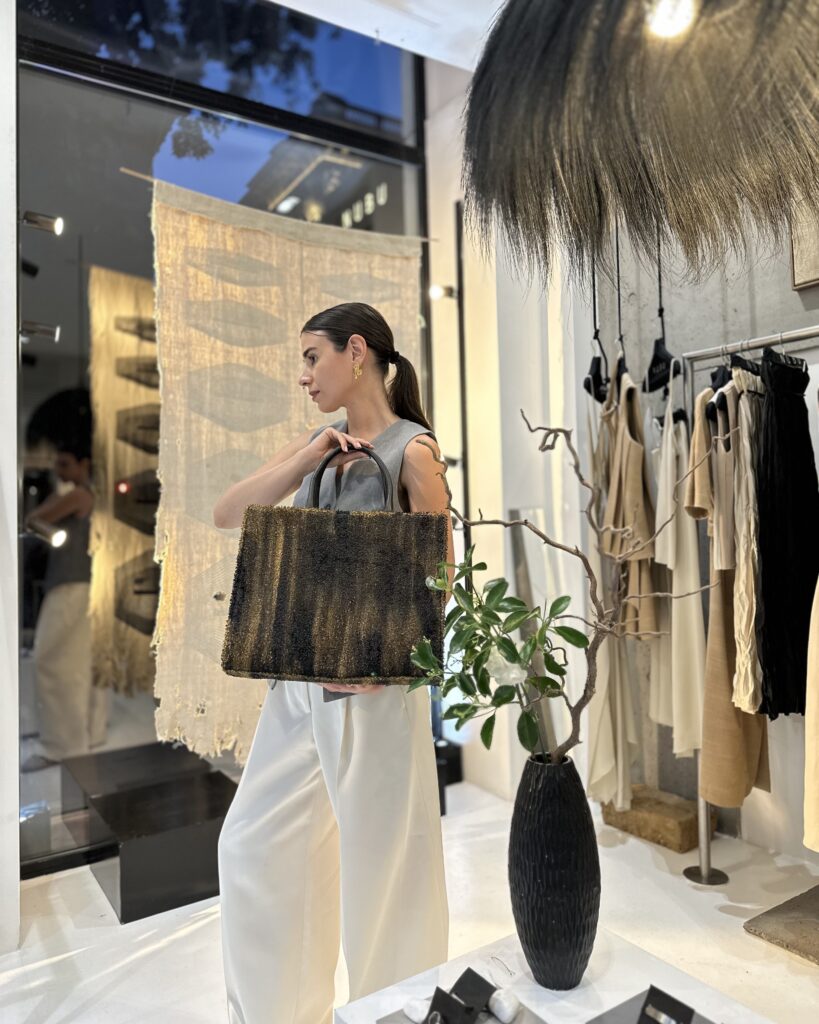
Dukai’s work is rooted in modernist movements such as constructivism, op art, minimalism, and the Bauhaus, yet it remains deeply personal. He frequently works with natural hand-woven linen, rusted metal, and reclaimed fabrics, employing traditional graphic techniques such as silkscreen, woodcut, and collography, alongside unconventional processes like plant-based tanning. Through these materials, Dukai reinterprets the cultural and historical narratives of his environment, creating works that are both visually striking and narratively resonant.
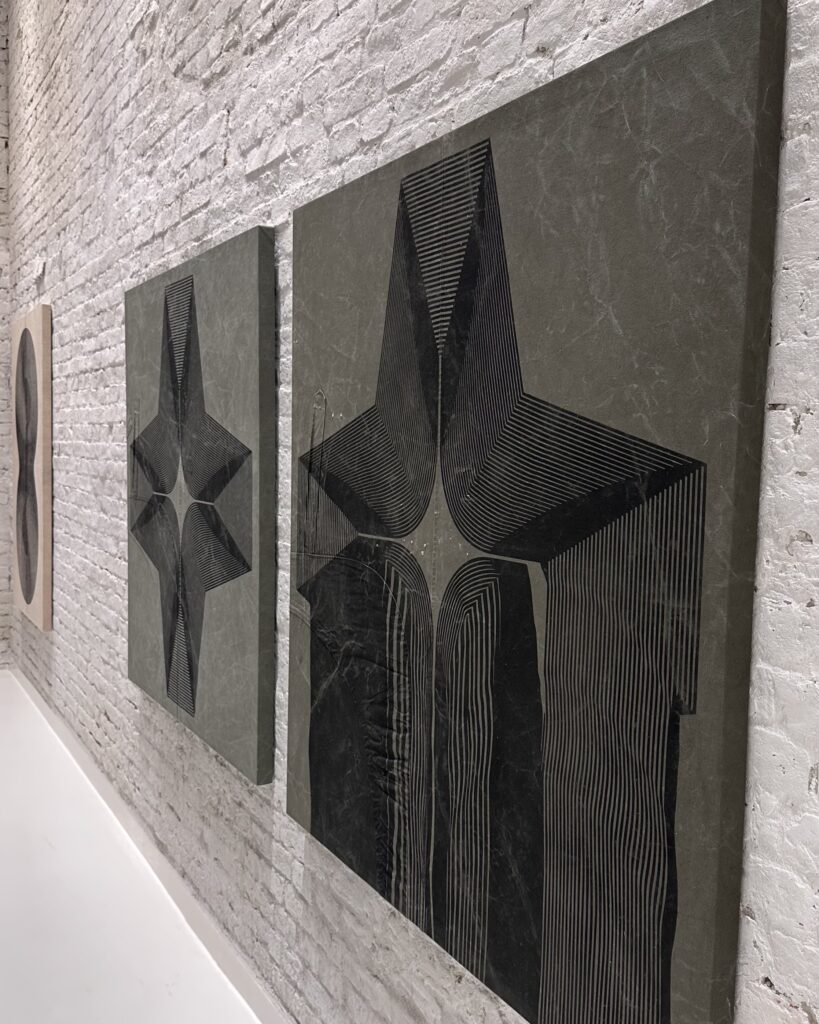
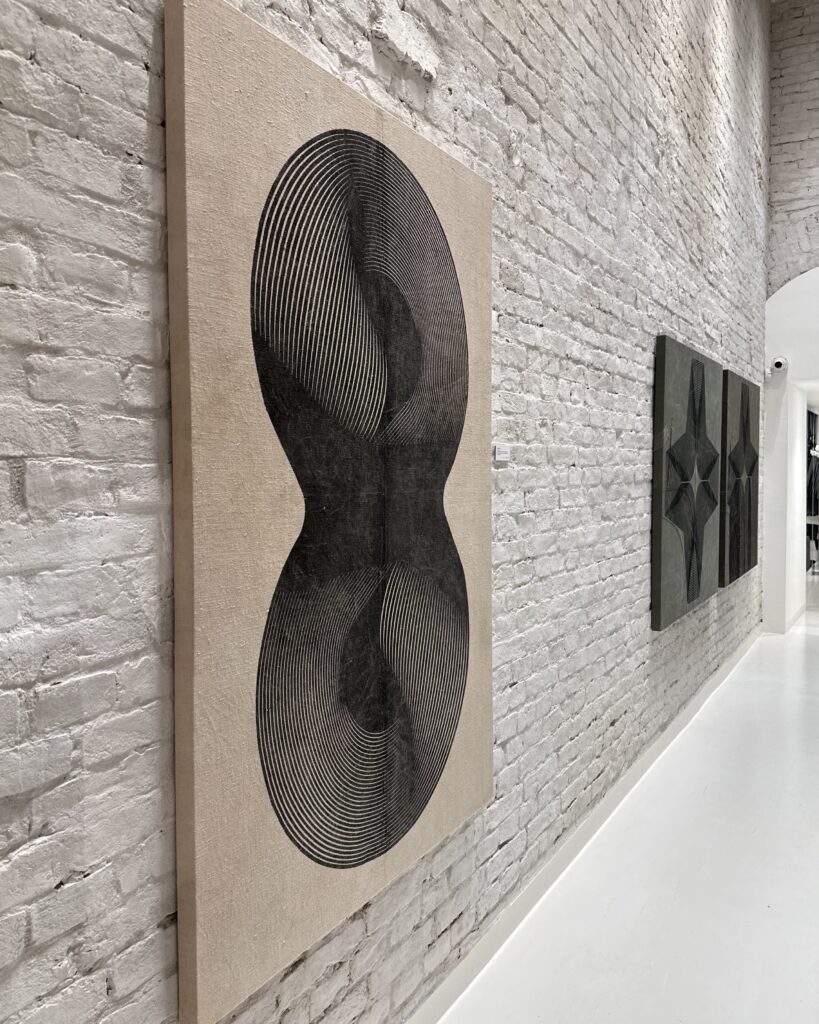
This distinctive vision inspired a collaboration with NUBU, a nearly 20-year-old Hungarian fashion brand founded by Judit Garam, renowned for clean lines, soft colours, and high-quality craftsmanship. Rooted in Hungarian design traditions, NUBU emphasizes timeless minimalism and meticulous attention to detail. Its flagship Zen Store, located on Andrássy Avenue in Budapest, reflects the brand’s refined aesthetic and international appeal.
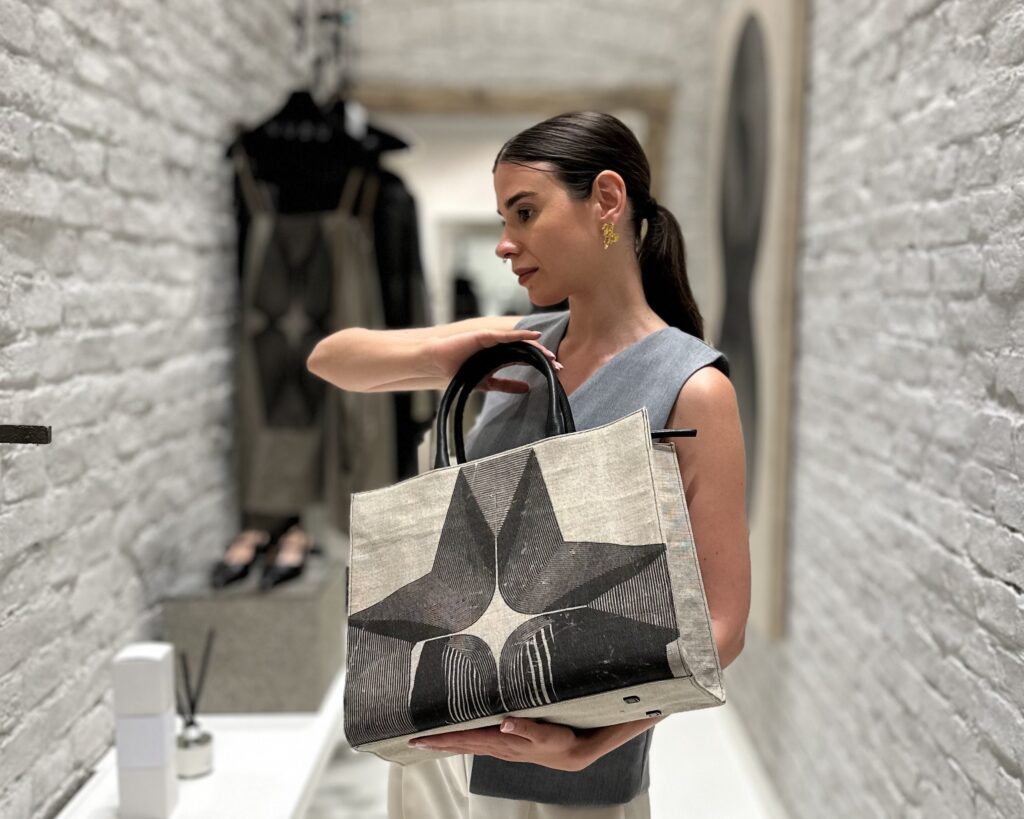
In this collaboration, key pieces feature textiles directly embellished with artworks personally created by Dukai, translating his geometric lines, textural experimentation, and nuanced materiality into wearable forms. The collection emphasizes a restrained monochrome palette and highlights contrasts between soft natural fabrics and more structured textiles, reflecting Dukai’s approach of combining delicate, ephemeral materials with rigorous compositional structures. By integrating his cultural perspective, material expertise, and geometric sensibilities into fashion, István Dukai’s collaboration with NUBU demonstrates how personal history, minority identity, and artistic rigour can converge to create work that resonates across both art and design.
Related articles:

